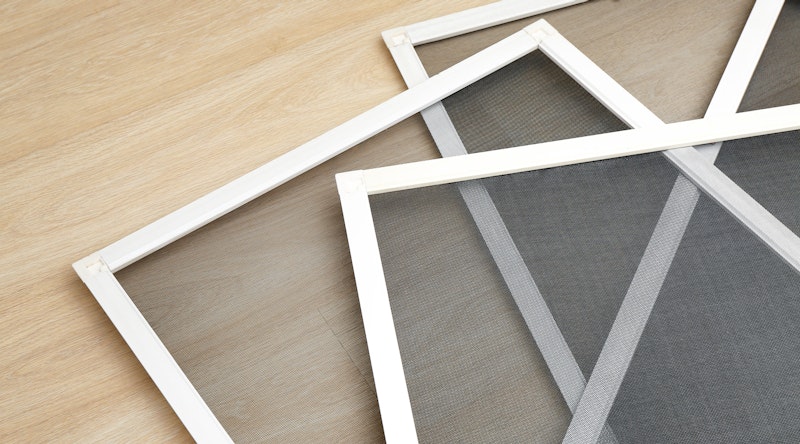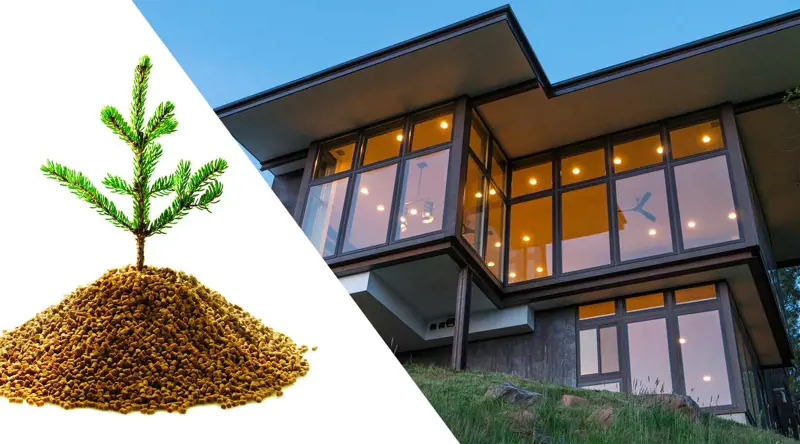
Types of Window Screens
With window screens, you can enjoy the fresh air of spring and summer without encountering bugs or other pests. There are many types of home window screens, and choosing them carefully can help you get more enjoyment from the windows in your home. Removing old screens and adding new ones can also improve your security by discouraging people from trying to get through open windows. Here’s some more information about the most common types of window screens and the characteristics of a good screen.
Types of Window Screens
Fiberglass
Fiberglass screens are flexible, affordable, and easy to install. They can resist hot or cold weather and rot or decay. Fiberglass is a popular material for window screens designed for new construction and existing homes, and it provides great visibility.
Aluminum
Aluminum is durable, lightweight, and rust-resistant. It doesn’t require much maintenance or cleaning, and it’s available in silver or charcoal colors. Silver screens can help enhance privacy by reflecting some light and making looking into your windows from outside more difficult.
Polyester
Polyester screens use the same material in many types of clothing, but a vinyl coating covers the threads that form the screen. Polyester screens are more costly than fiberglass, but they’re also more durable. They’re difficult to tear without a cutting tool, and they can withstand scratches from enthusiastic pets. Many polyester screens come with a 10-year warranty.
Stainless Steel
Stainless steel screens are the strongest available, and people often choose them for areas with lots of traffic or neighborhoods with high crime or frequent severe weather. Stainless steel screens are resistant to stretching, tearing, corrosion, and ultraviolet light from the sun, and they can help discourage intruders. These screens have very thin wire mesh for excellent visibility.
Copper, Bronze, and Brass
People mostly choose copper, bronze, or brass screens for their unique look. They can add some color to a window while providing good ventilation and visibility, and they’re often used in restorations of older homes. Copper screens become darker over time, and they may turn green like the Statue of Liberty, a copper monument. Bronze and brass have similar looks, but they usually don’t change color over time. Brass is a mixture of copper and zinc, and bronze contains copper and tin. Bronze sometimes has aluminum, arsenic, silicon, phosphorous, or manganese as well.
Screen Sizes
You can choose a full screen that covers an entire window or a half screen that goes over half of a window. A half screen is less costly, and it provides more visibility. However, you may want a full screen if you have a double-hung window that lets you open the top or bottom halves.
Qualities of a Good Window Screen
When you choose a window screen, think about the mesh size and strand size along with the material and the overall screen size. Mesh size refers to the sizes of the holes in a screen, and strand size is the diameter of each wire that forms the mesh. Smaller mesh is better at keeping out insects, but it could restrict ventilation and visibility. Thicker strands are more durable, but they might interrupt your view.
Full and half rectangular screens are most common, but you can purchase a custom-made screen with any shape, material, mesh size, and strand size. Adding window screens can help you increase the value of your home and make enjoying sunny spring and summer days easier.
Oops!
We don't currently serve your area but do want to help you plan your project. Try our Build & Price tool to get an idea of window & door costs within DFW. Your area may be higher or lower but at least you'll have some idea of the price.
Thanks for stopping by.








